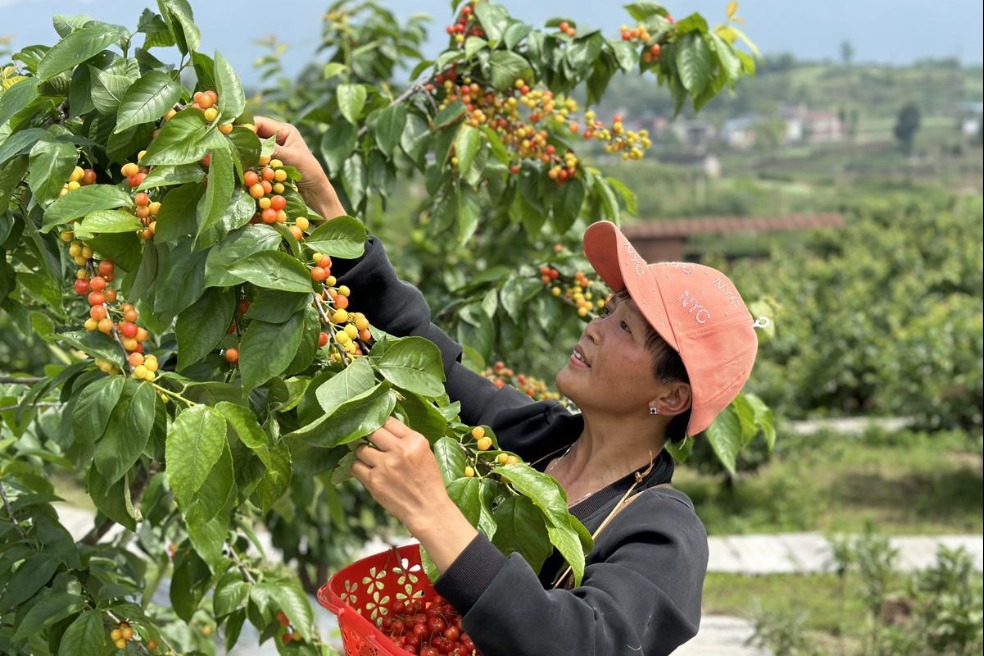China's South-to-North Water Diversion


BEIJING - China's South-to-North Water Diversion project, the world's largest, has served as the lifeline of water supply for China's parched north for the past few years.
Five years into the operation of the project's middle route, the following facts and figures will help put into context the project's scale and significance:
-- The project transfers water from the Yangtze River to quench the thirst of dry areas in the north through eastern, middle and western routes. The expanse to be benefited from the project accounts for around 15 percent of the nation's total land area.
-- With an estimated cost of 500 billion yuan (about 71 billion US dollars), the project started with the construction of the eastern route in 2002 and the middle route in 2003, while the western route is still in its pre-construction stage.
-- The middle route, the most prominent of the three due to its role in feeding water to the national capital, starts from the Danjiangkou Reservoir in Central China's Hubei province and runs across Henan and Hebei before reaching Beijing and Tianjin. It began supplying water on Dec 12, 2014.
-- The eastern route, transferring water from East China's Jiangsu province along the downstream of the Yangtze River to feed areas including Tianjin and Shandong province, began supplying water in November 2013.
-- The eastern route and middle route have so far altogether diverted 29.4 billion cubic meters of water to arid areas in the north, benefiting more than 120 million people.
-- Data showed that the eastern and middle routes have boosted industrial and agricultural output for cities on the receiving end by almost 100 billion yuan per year.
-- During the past five years, the middle route has diverted 25.5 billion cubic meters of water, benefitting more than 58.59 million people along the route.
-- Around 70 percent of tap water in Beijing is pumped in through the middle route, which is also responsible for the lion's share of water supply in more than 20 cities including Beijing and Tianjin, as well as cities in Hebei and Henan provinces.
-- Quality of the water transferred through the middle route has stood above the second class on China's five-tier quality scale for surface water, with first-class water quality sites accounting for 80 percent.
-- The diverted water has replaced over-exploited underground water in the northern regions to evident effect. By the end of October, the average depth of underground water in Beijing's plain areas stood at 22.78 meters, 2.88 meters higher than the average depth of underground water before Beijing started receiving water from the project in late 2014, ending 16 consecutive years of groundwater level decline.
-- The middle route has refilled more than 30 rivers in recent years, and injected 1.39 billion cubic meters of water to sections of three rivers in north China from 2018 to 2019 to replenish underground water.
-- The project leads the world with its length, population and area benefitted and the size of a pumping station cluster along the eastern route, as well as having one of the world's largest water supply capacities.
- Action taken over Chongqing Gas Group overcharging
- Xi: Crucial role for new PLA force
- Obesity, myopia growing issues among youth
- Shanghai Coffee Culture Festival celebrates local coffee culture
- Developing Cyberspace Force crucial for network protection
- Thunderstorm delays flights at Guangzhou Baiyun International Airport



































